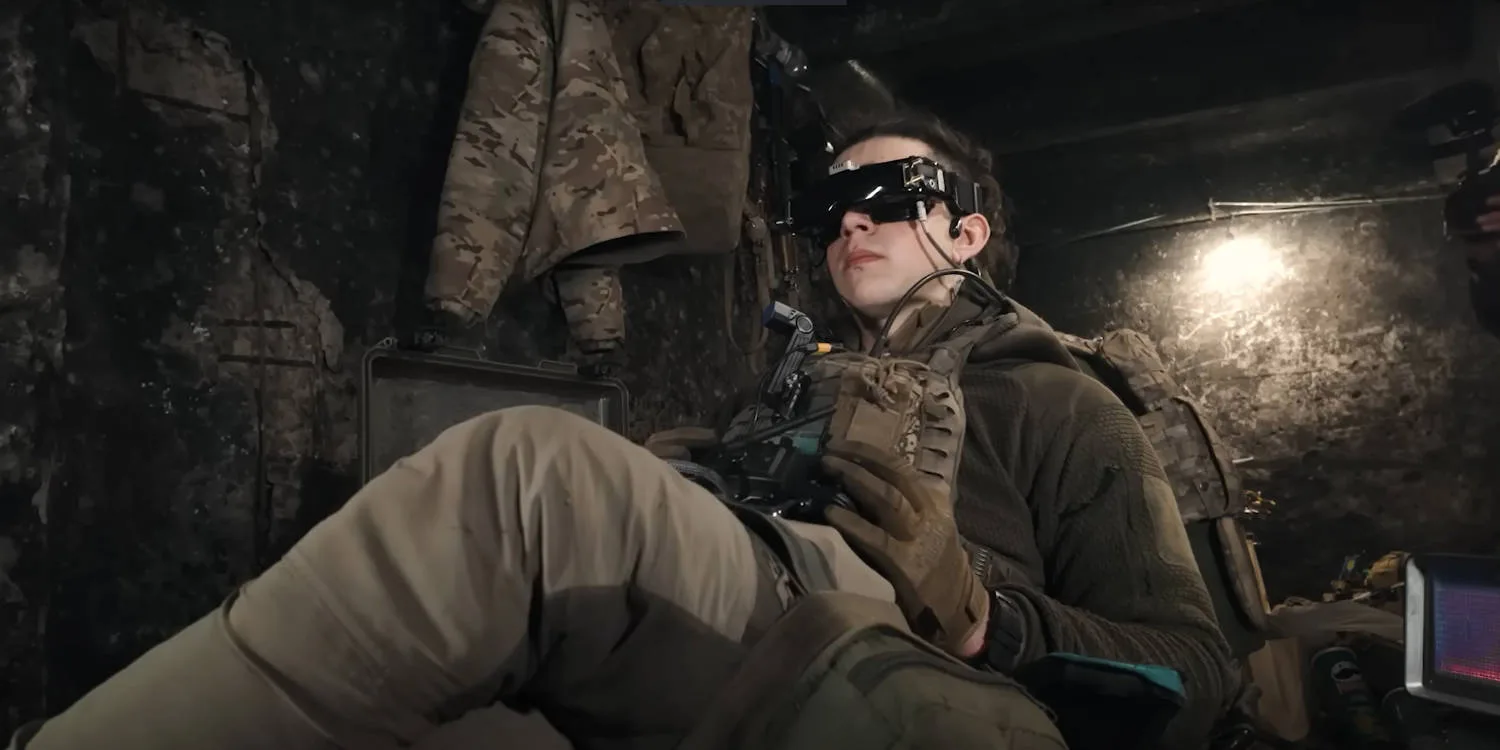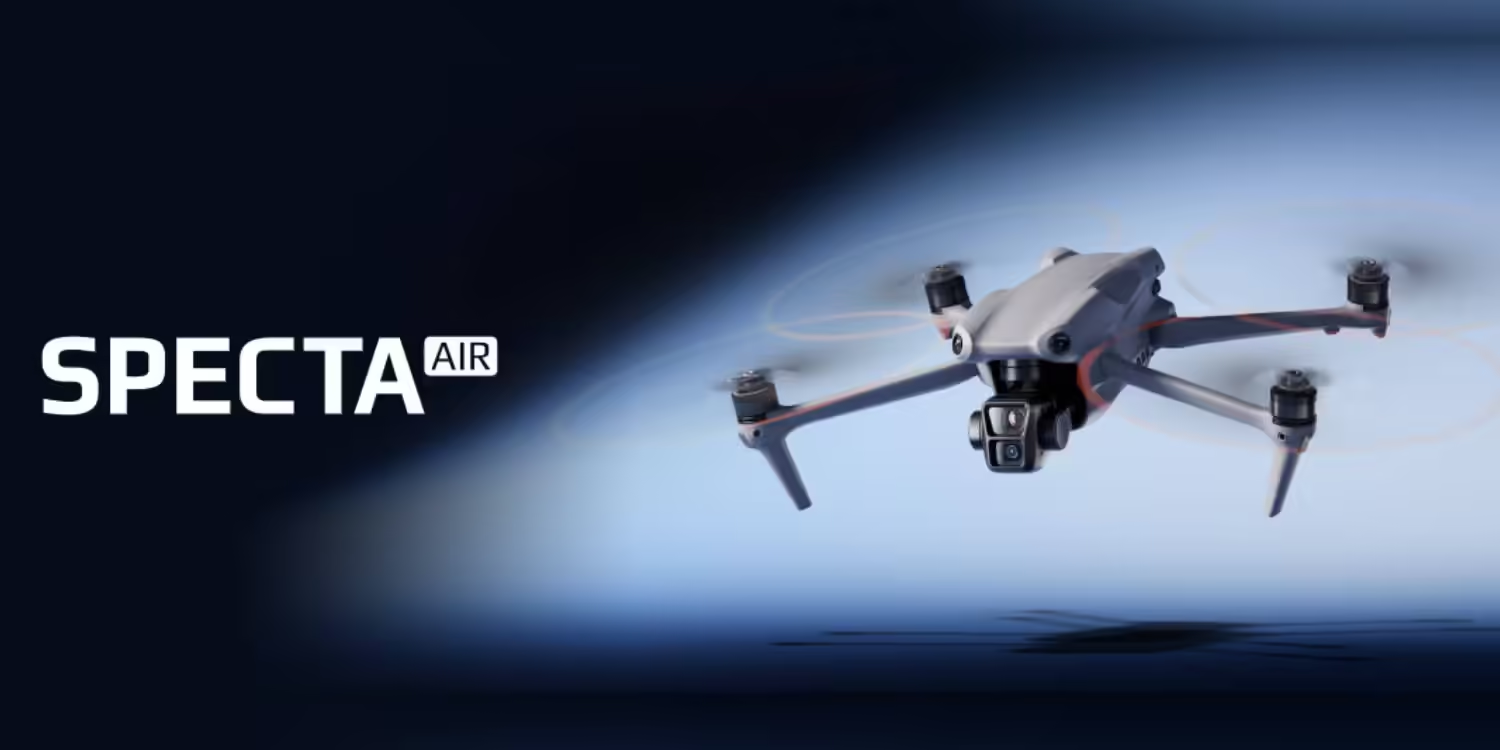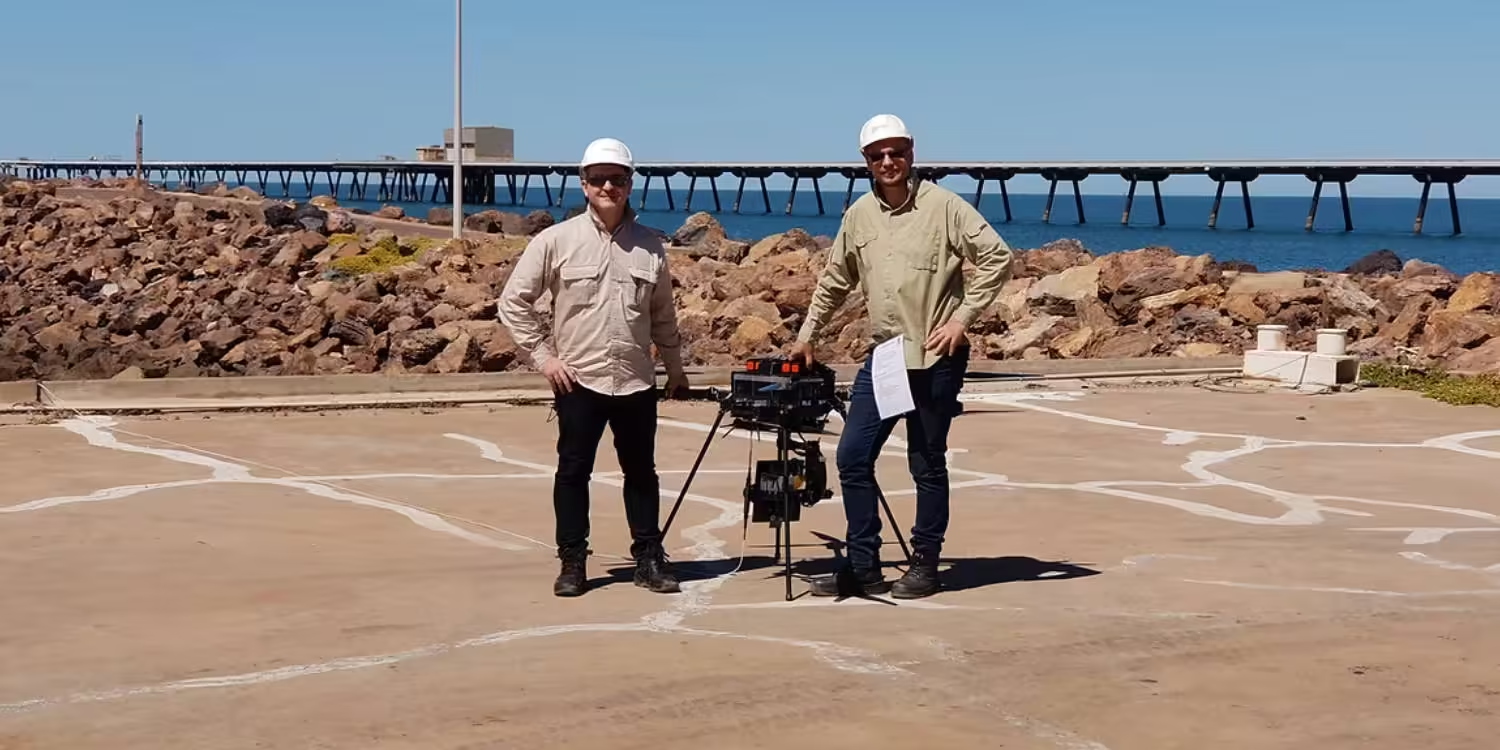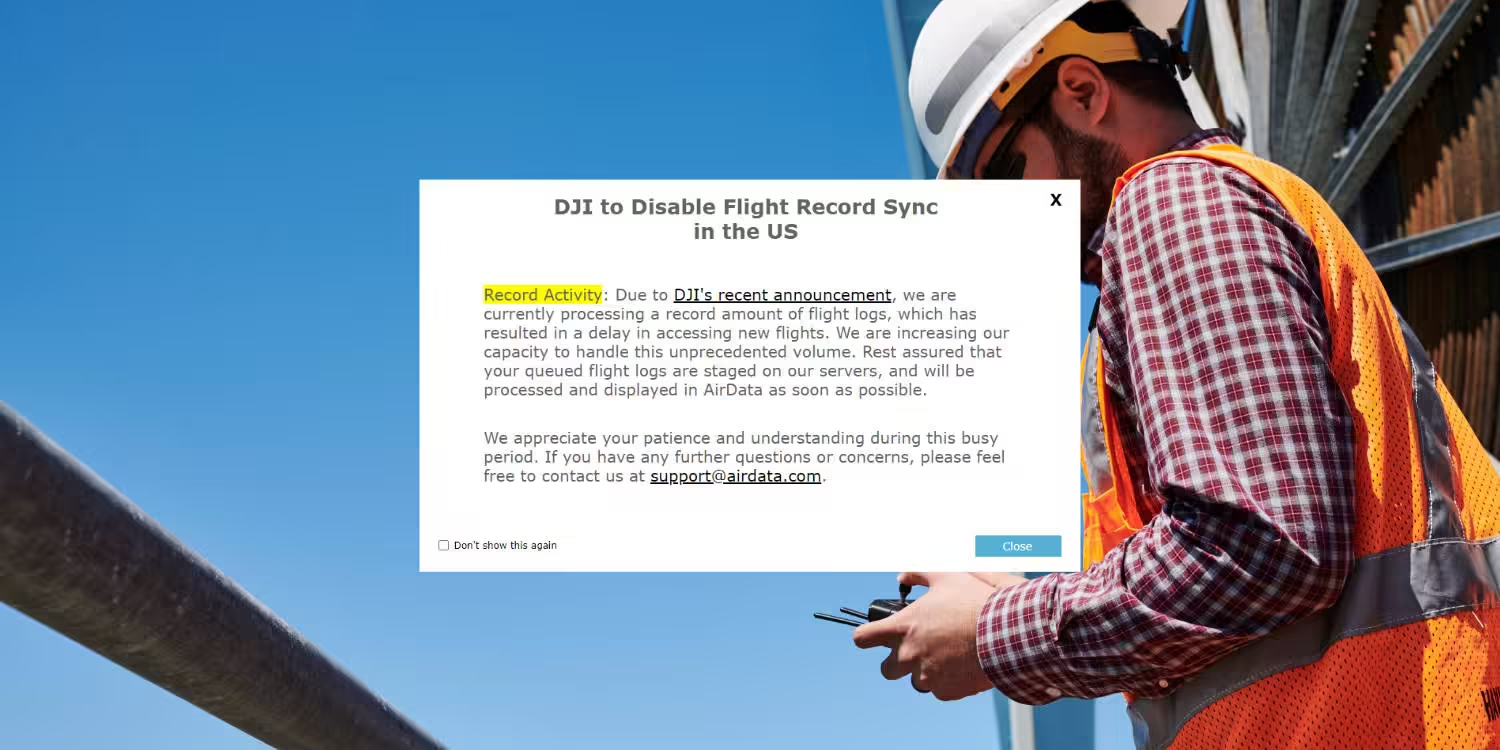Drones continue to play a major part in the Ukraine/Russia war with thousands estimated to be in operation at one point in time. But how exactly are they used and why are they so effective?
While drones have been used in wars for decades, this war is different, with the majority of drones being used are off-the-shelf consumer and custom-built FPV drones. Used for their low cost, ease of access, and easy to fly nature.
Scouting: The eyes in the sky
Consumer drones have become invaluable for reconnaissance missions, providing real-time aerial intelligence without exposing personnel to direct danger.
Surveillance: Drones equipped with high-definition cameras and thermal imaging systems can capture detailed images and videos of enemy positions, fortifications, and movements. This real-time data allows military units to make informed decisions and plan operations with a higher degree of accuracy.
Mapping terrain: Drones can create detailed maps of the battlefield, identifying potential hazards and advantageous positions. This helps in planning troop movements and setting up defences. Software applications enable these drones to generate 3D models of the terrain, providing a comprehensive view of the operational environment.
Identifying targets: By continuously monitoring enemy activities, drones can help in identifying high-value targets such as command centres, supply routes, and artillery positions. This intelligence is crucial for coordinating strikes and disrupting enemy operations.
Attacking: From observation to action
Beyond their role in surveillance, consumer drones have been adapted to carry out direct attacks, transforming them into makeshift weapons of war.
Dropping munitions: Some drones have been modified to carry and drop small explosives or grenades. This allows for precision strikes on enemy personnel, vehicles, and fortifications. The element of surprise and the ability to strike from above make these drone attacks particularly effective.
Kamikaze drones: Also known as loitering munitions, these drones are designed to crash into a target, detonating an onboard explosive. This tactic has been used to target enemy equipment and infrastructure, causing significant damage with minimal risk to the operators.
Electronic warfare: Certain drones are equipped with devices capable of jamming or intercepting enemy communications and GPS signals. By disrupting the enemy’s command and control capabilities, these drones play a critical role in the electronic battlefield.
Monitoring: ensuring persistent vigilance
Continuous monitoring is essential to maintain situational awareness and adapt to the dynamic conditions of the battlefield. Consumer drones provide a cost-effective solution for persistent surveillance.
Real-time video feeds: Drones can transmit live video feeds back to command centres, enabling commanders to make real-time decisions based on the latest intelligence. This continuous stream of information is crucial for adapting strategies and responding to enemy actions.
Tracking movements: By keeping a constant watch on enemy troop movements and supply convoys, drones help in predicting and countering enemy manoeuvres. This ability to track and anticipate actions provides a strategic advantage on the battlefield.
Damage assessment: After an attack, drones can be deployed to assess the extent of damage inflicted on the enemy. This helps in evaluating the success of operations and planning subsequent actions. Drones can quickly and safely gather post-strike intelligence, reducing the need for risky reconnaissance missions by ground troops.





